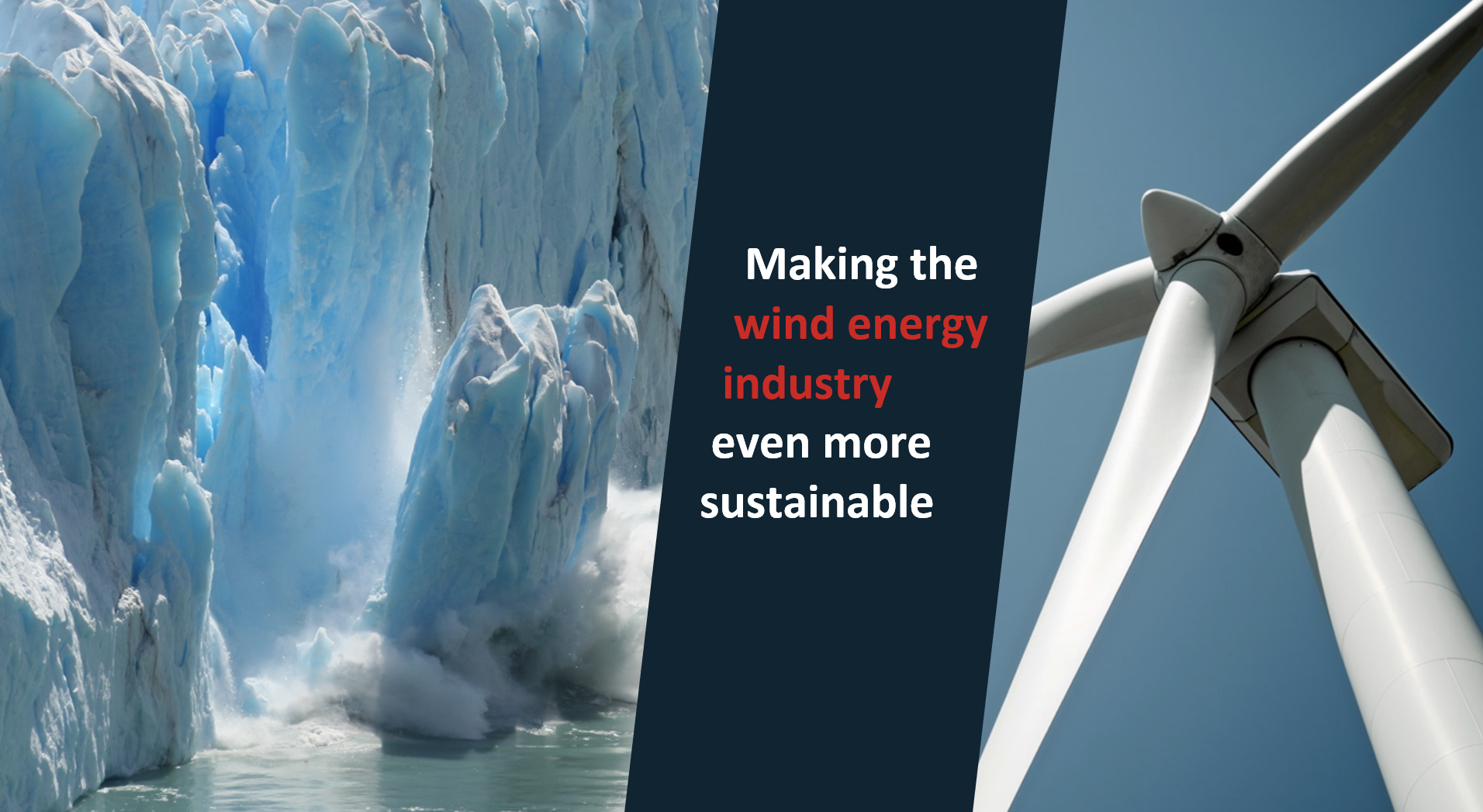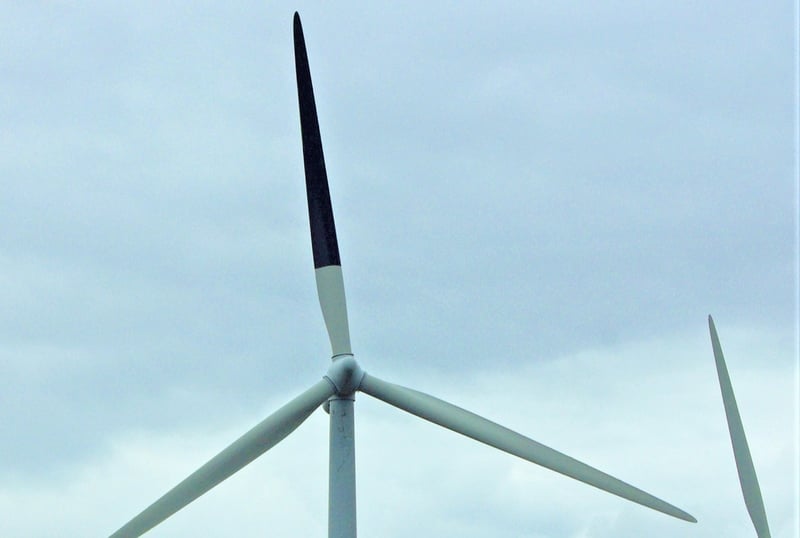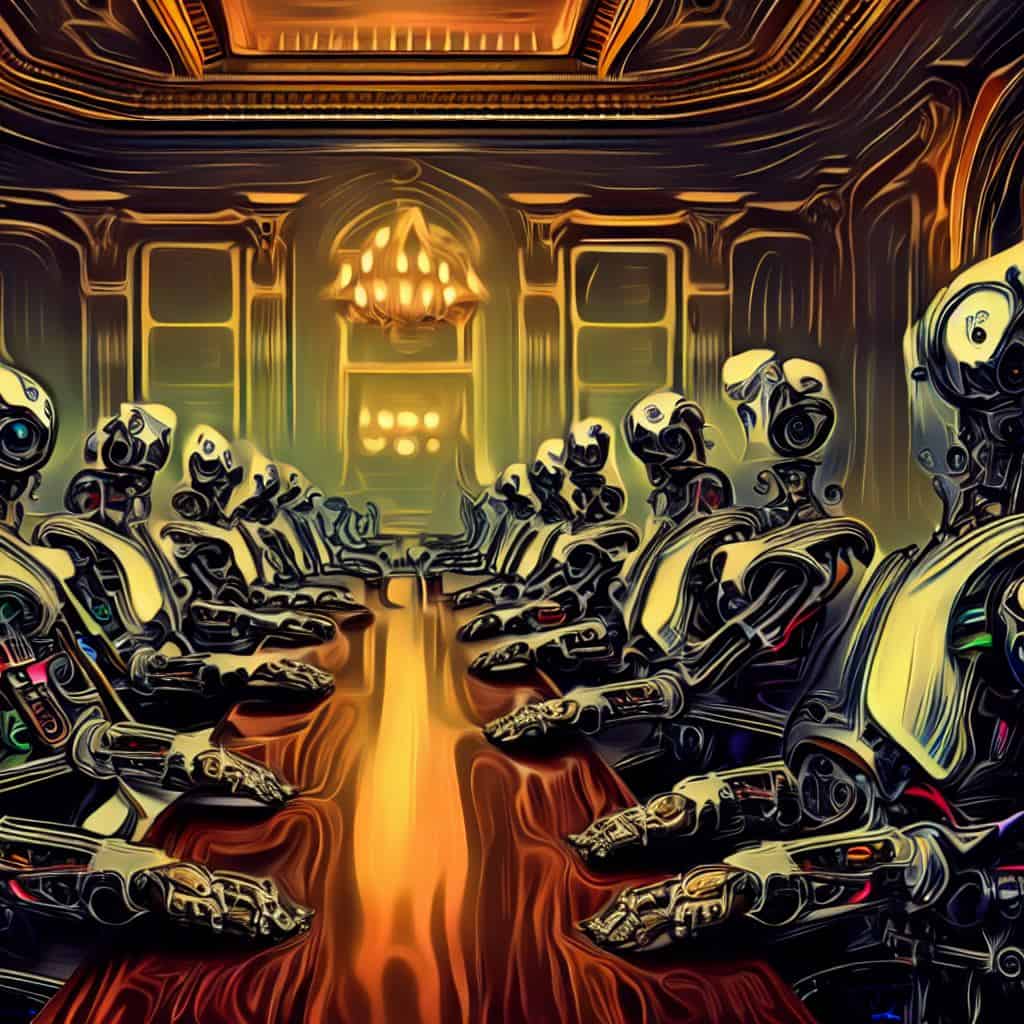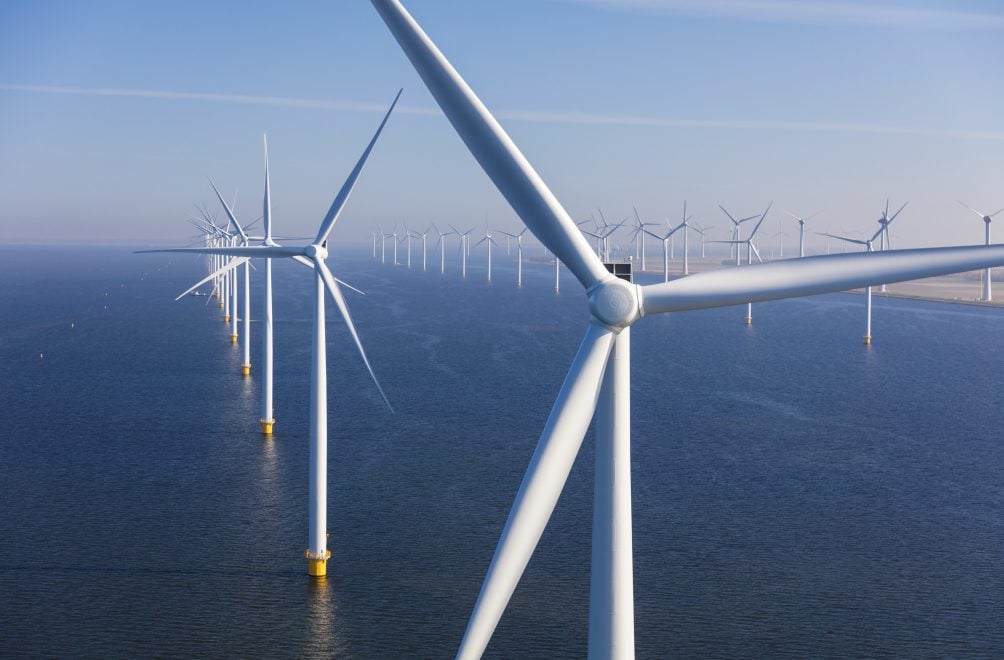
About Tarucca
- Founders: Hans van Beek, Tim Ewart, Jesse van Kempen, Mark van der Bruggen
- Founded in: 2020
- Employees: 4
- Money raised: Self-financed so far. Received €20k through the MIT Feasibility Subsidy
- Ultimate goal: Accelerate sustainability
Artificial intelligence (AI) that informs whether the blades of a wind turbine are damaged. With their software, Tarucca from the Dutch city of Eindhoven wants to future-proof wind turbines. Why is this necessary? Founders Hans van Beek and Jesse van Kempen explain.
How does it work?
“Photonic sensors are placed inside the blades of the wind turbine. Photonic, because they work with light signals. Conventional sensors work with electricity and that attracts lightning. Something that you do not want in a high-altitude wind turbine. The photonic sensors send light signals back and forth and collect data. This data is sent by 4G or 5G and processed by our AI into usable information. If anything is faulty or about to break down, the wind farm operator is notified. Some parts need to be replaced immediately, while others will only need to be replaced sometime within the next few months. A bit like the dashboard of your car, but more complex.”
Also interesting: Delft sensors watch over steel bridges
It all sounds so logical, why has this not been done before?
“Up until now, the photonic sensors were not accurate enough to transmit reliable data. We are working together with a supplier who has so far the only sensors that really work well enough. Expectations are that more good light sensors will soon be available on the market. This means that we will soon no longer be dependent on a single supplier. Apart from that, the development of AI has really taken off in recent years. This is the perfect time to develop a monitoring system for wind turbines. “
Why is this so necessary?
“At the moment, wind turbines are mainly checked for visible damage. Because electrical sensors attract lightning, they tend to be rarely used. If anything seems to be broken, then technicians go up and fix it. Sometimes it turns out that something else is also damaged. Then that defective part also has to be replaced, but the right tools have not come up with them. They have to be hauled up separately in a lift or even by helicopter. More and more wind turbines are being built, including at sea. At some point, the current way of working will be far too expensive. Imagine having to check a thousand wind turbines for visible damage and not even being sure whether that is the only thing that is broken. In that case, the ability to to monitor the wind turbines is a godsend.”
You write on your website that this is a sustainable solution. What is it that makes it sustainable?
“Using our tool, an operator can plan when maintenance is due. Preferably in a windless period, so the blades don’t have to be shut down. So no energy is lost or wasted that way. Because it is always clear exactly what has to be replaced or repaired, all the required tools can be brought along. That saves another helicopter flight.”
What does the future look like for Tarucca?
“We want to run pilot studies and continue to develop our artificial intelligence. We also want to collaborate with wind farm owners, wind turbine manufacturers and other companies in our field to ensure that we work together to extend the life of the blades.”









